What is cabbage keel and how to get rid of it?
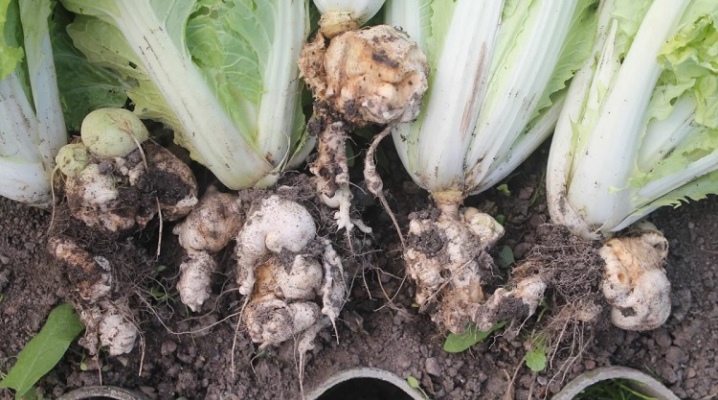
Keela on cabbage is a common fungal disease. Preventive measures are essential to avoid contamination. If necessary, use folk remedies and chemicals. The soil is treated, carefully nourished with trace elements and fertilized.
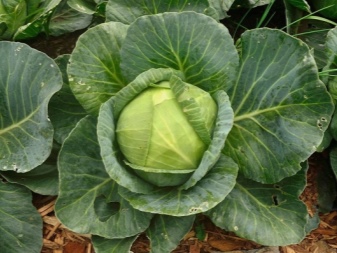
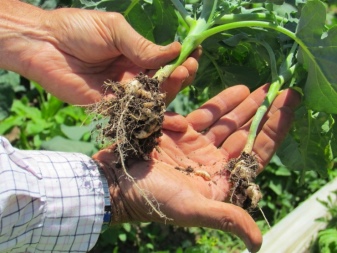
What it is?
Healthy cabbage has firm and firm heads of cabbage. But this is not always the case. If the leaves suddenly begin to turn yellow and dry, then these are signs of a cabbage disease called keela. The infection is caused by the pseudo fungus Plasmodiophora brassicae Woronin. The pathogen affects all types of cabbage and cruciferous plants. The description of this common disease includes the condition of the root system. Keela on a cabbage bush looks like roundish bumps on the roots.
The thickenings are in the form of outgrowths. At the initial stage, the nodules have the same color as the base of the root, but then they swell and rot, filling the soil with harmful cells by the end of the season. The root system of the culture ceases to function normally. As a result, the terrestrial parts of the bush are not supplied with oxygen and are not fed from the ground. The plant dies without having time to take shape and ripen.
Cruciferous early varieties are especially susceptible to the action of the fungus.

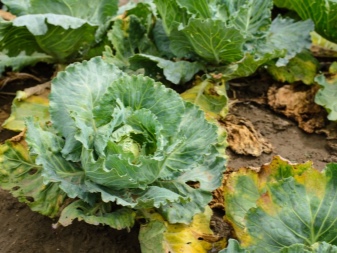
Reasons for the appearance
Spores of the pseudo fungus remain in the ground and are active for up to 5-7 years, therefore, overcoming the danger of infection is not an easy task. If the keel has taken root in the soil, the gardeners will have a stubborn struggle. In beds where many cruciferous plants are grown (for example, radish, horseradish, turnip), the disease can appear with a high probability. As a rule, the pathogen is introduced into the ground through someone else's seedlings. Better to use your own seedlings. Purchased sprouts should be carefully examined. Outwardly, they can appear resilient and sturdy. Despite this, the slightest thickening on the central root signals infection. Such seedlings must be destroyed. If the seals are located on the lateral thin roots, then the pathogenic flora is taken through the soil. The fungus lives in the ground, and after planting, it immediately attacks the seedlings.
If the soil is excessively acidic, then the pathogenic flora remains in it for a long time. Overdried soil is also harmful. Most often, problems with acidification of heavy soil are observed in the Non-Black Earth Region. Air humidity 70-80%, ambient temperature +25 degrees and above contribute to the development and functioning of the fungus. He does not die in frosts, if the winter is without snow. Insufficient introduction of calcium, boron, potassium, magnesium, zinc, organic matter allows you to create an environment in which harmful cells live and multiply. Therefore, it is important to regularly fertilize the soil, water the garden correctly and follow the rules of crop rotation. The pathogen dies in alkaline earth, and in a neutral environment at moderate temperatures it loses its ability to multiply.
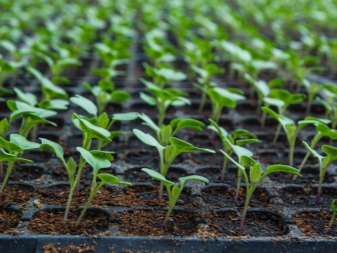
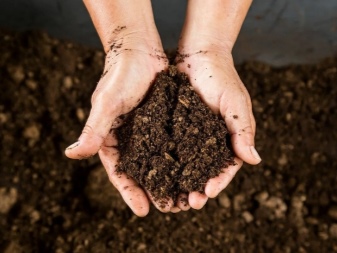
Signs of defeat
Disease signals can be manifested during the entire period of crop maturation. Mature plants can be saved, harvested and harvested. If a young growth is sick, it has to be removed along with the roots. It is not always possible to recognize infection in young plants immediately. Small growths look like sticky earth. But if, despite careful care and watering, the cabbage withers and dies, then this is a sign that a keel has appeared.
The disease manifests itself in cabbage in this way:
- maturation is practically absent or slows down;
- heads of cabbage are not formed, and instead of them separate leaves appear;
- leaves change color, becoming purple;
- the lower plates begin to turn yellow and fade, then fall off;
- cabbage heads are small and weak, underdeveloped, they do not stick to the bush and fall over.
Infected roots also change with the course of the disease. At first, small growths form, while the thin roots look bumpy. Then the size of the formations increases. Over time, the entire root becomes covered with them and becomes like a tumor. The popular name for the disease is cabbage cancer.
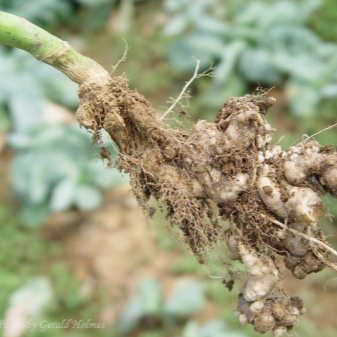
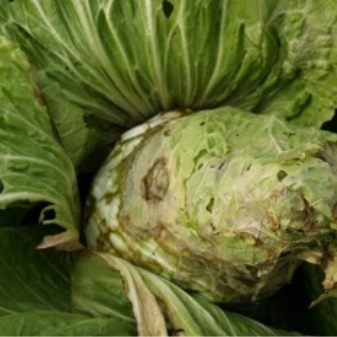
Control measures
There are several effective ways to protect yourself from cabbage keel.
Crop rotation
This is an agrotechnical way to protect the soil. To get rid of the virus, medicinal plants and herbs are planted on the diseased plot. These are the following cultures.
- Liliaceae. Dicotyledonous bulbs and garlic have the ability to cure infection in a year. Gladioli and hyacinths will not only decorate the site, but also protect it for two years.
- Swan. Beetroot, quinoa, barberry and spinach will defeat the virus in two seasons. They are planted with vegetables from other families for better results.
- Solanaceae. An unmistakable choice would be to plant shag, tomatoes and paprika. Vegetables will rid the site of the harmful organism in three years. Other representatives of this family also work well: potatoes, eggplants.
Simultaneous planting of tomatoes and garlic has become a proven method for gardeners. Crops will heal the soil in a year. The next season, the land is planted with beets or onions, tobacco. Wild varieties of grasses can also be planted as they are keel resistant. Shepherd's purse, galls, hiccups will help fight infection. After measures to cleanse the disease, it is customary to conduct a preliminary test. The soil is tested in early spring. Peking cabbage seeds are planted in the ground. The development of sprouts and the formation of heads are monitored. If damage does not occur on the leaves, and the roots are clean, then this season they try to plant vegetable crops.
If a disease is detected during cultivation, soil remediation is extended for one more year.
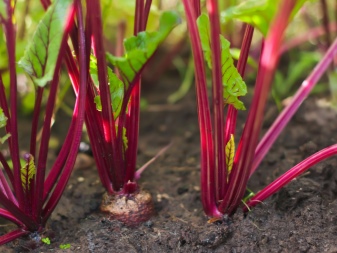
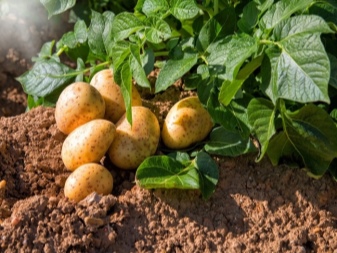
Chemical and biological products
To eradicate the fungus, they act in complex measures, since it is resistant to most chemicals. But some drugs have shown excellent results in the fight against keel. They cannot completely remove the fungus, but they prevent the infection from spreading. These are tools such as:
- Fundazol;
- Trichodermin;
- "Topaz";
- "Phytodoctor";
- "Glyocladin";
- Previkur;
- Fitosporin.
"Fitosporin" belongs to the latest generation of microbiological agents. Effectively treats bacterial and fungal infections of vegetable crops. It is a fungicidal preparation that begins its effect from the moment of treatment. A liquid, paste, or powder contains between 100 million and 2 billion living cells and spores per gram. The spore culture spreads through the vessels of plants, expelling harmful bacteria. A universal preparation suppresses pathogens and prevents decay of plant tissues. It works at any temperature and gives an effect of up to 95%.
Spraying can be carried out at any stage of ripening. Seeds and land are cultivated, observing a frequency of one to two weeks.
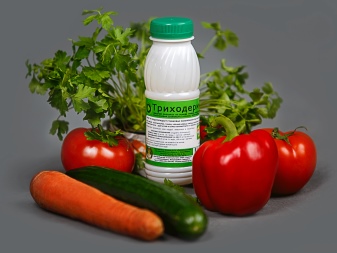
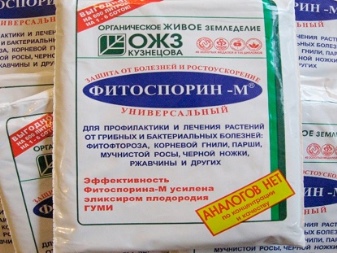
Folk remedies
Pits for cabbage are advised to prepare in advance - a week before planting. A little sulfur or wood ash is poured into the holes. Instead, gardeners use baking soda and soda ash, chalk, lime flour. Potato tuber is placed in the hole just before planting. And after the procedure, the plant is watered with a solution of colloidal sulfur (3 tablespoons per bucket of water).
Folk remedies are actively used when a disease is detected at the middle stage of culture growth. The following methods are recommended.
- The yellow leaf plates that appear are cut off. Prepare an infusion of wood ash (2 kg of substance per bucket of water).Leave for two days, then dilute again: a liter of infusion for 10 liters of water. The ready-made mixture can be used: a half-liter mug is poured under each infected bush.
- To make the soil alkaline, liming must be done. In half a large bucket of water, about 150 g of lime are diluted. 500 ml is enough for one plant. The treatment procedure is carried out after watering. The cabbage is then sprinkled high so that the roots in the upper part grow.
If at least one plant gets sick at a late stage, you need to immediately clean the beds. Plants with a keel are pulled out and burned on a metal sheet, adding a combustible substance (gasoline or kerosene). A bonfire is made as far away from the beds as possible. When burned over high heat, smoke cannot be avoided, which can carry spores through the air.
When digging up the affected bushes, use a separate tool so as not to spread the infection. Experienced gardeners throw out the basal soil from the holes along with the cabbage. Then it is necessary to pour a solution of potassium permanganate into the clean pits.
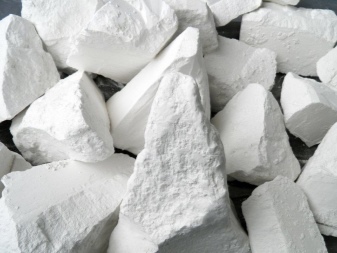
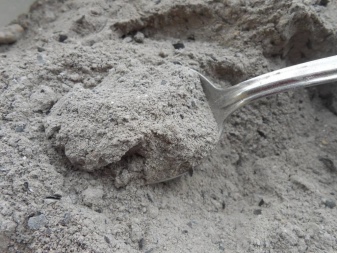
Prophylaxis
Preventive measures help prevent the appearance of keels and protect plants. An aggressive disease like cabbage cancer is difficult to eradicate. Agronomists offer proven protection measures.
- Use cabbage varieties with high immunity, resistant to fungal attack. They are obtained as a result of many years of selection.
- Strictly follow the rules of crop rotation and take breaks when planting crops of the same type. To avoid relapses of fungal infection, experts recommend at least a three-year crop rotation procedure with alternating crops.
- Pay attention to the liming of the site. Soil cultivation is carried out every 5 years, taking into account the type of soil and the degree of acidification. For sand, a small amount of product is sufficient. Heavy peaty soils require a significant amount of lime (at least 300 g).
- Feed the soil with organic fertilizers, compost, double the amount of humus. Add potassium peat humate to the planted sprouts several times per season. Calcium nitrate is well suited as a mineral fertilizer. It stimulates growth and photosynthesis by strengthening the plant. Calcium nitrate makes the soil neutral and takes away excess acidity, absorbs excess iron and manganese.
- Water and remove weeds regularly. Loosen and huddle the beds with planted cabbage, especially after fertilizing with mineral fertilizers.
- Increase the air permeability of the soil and enrich it with nitrogen. For this, siderates are planted. Rotting, the roots of the grasses leave channels for air to penetrate, turning the depleted soil into saturated soil in a few years. Winter rye, oats, mustard will help protect against weeds and loosen the soil.
It is equally important to properly prepare seedlings for use in the open field. The seeds must be treated with heat by placing them in hot water (about 50 degrees) for 15-20 minutes. Also, the material is put in a weak solution of mustard for several hours.
At night, the seeds can be placed in a 1% solution of ascorbic acid to make the cabbage roots more powerful. After preparation, the seed is washed with clean water and dried.
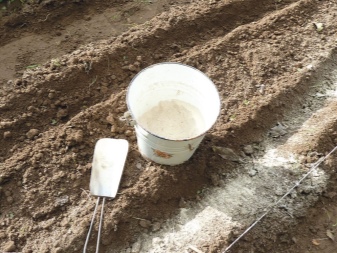
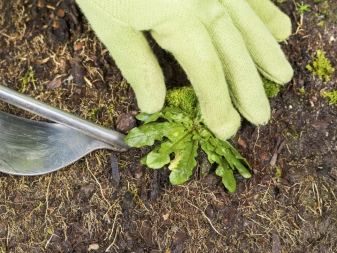
Resistant varieties
Modern breeding methods have made it possible to obtain hybrids resistant to the pathogen. Varietal cabbage is planted immediately after soil treatment. Hybrids got names "Kilagerb", "Hope", "Tequila F1". In addition to them, strong and resistant to infection varieties of white cabbage have been bred:
- "Ladozhskaya";
- Losinoostrovskaya;
- "Gribovskaya";
- "Harvest";
- "Present";
- "Late Moscow".
Peking cabbage is known for its resistance to fungi. One can single out such popular types as "Clarithray", "Clapton F1". The weight of a head of early cabbage is from 1.7 to 2.5 kg. Mid-season heads of cabbage are larger: they weigh from 2.2 to 3.3 kg. The head of late varieties of cabbage reaches 2.0-2.9 kg.Late varieties are recommended to be planted in the Central and North-Western regions of the country, while early experts advise planting in the Urals, in the Central Black Earth Region and in the Caucasus.
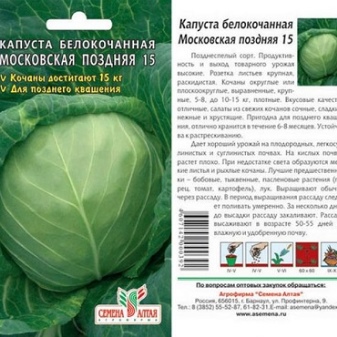
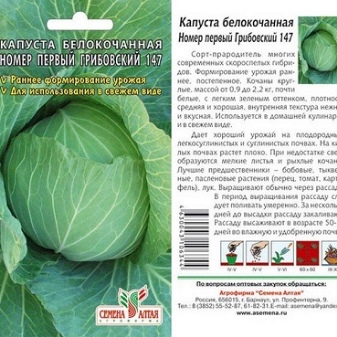













The comment was sent successfully.